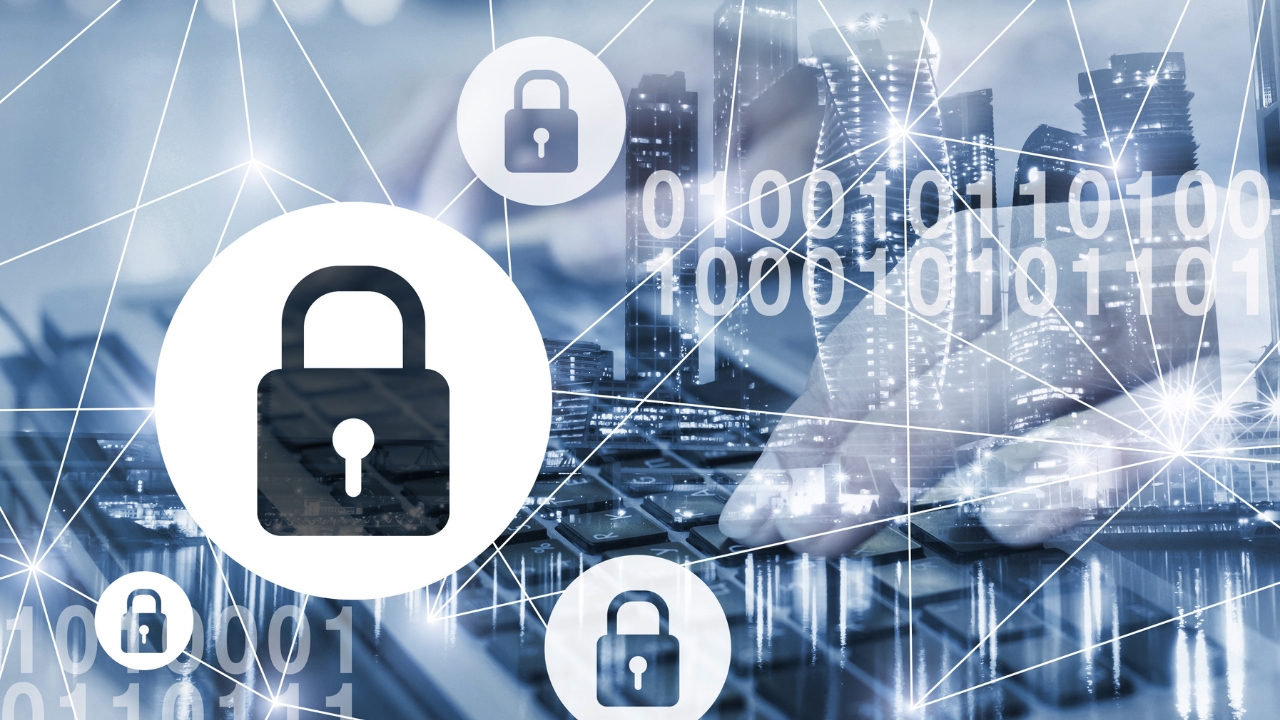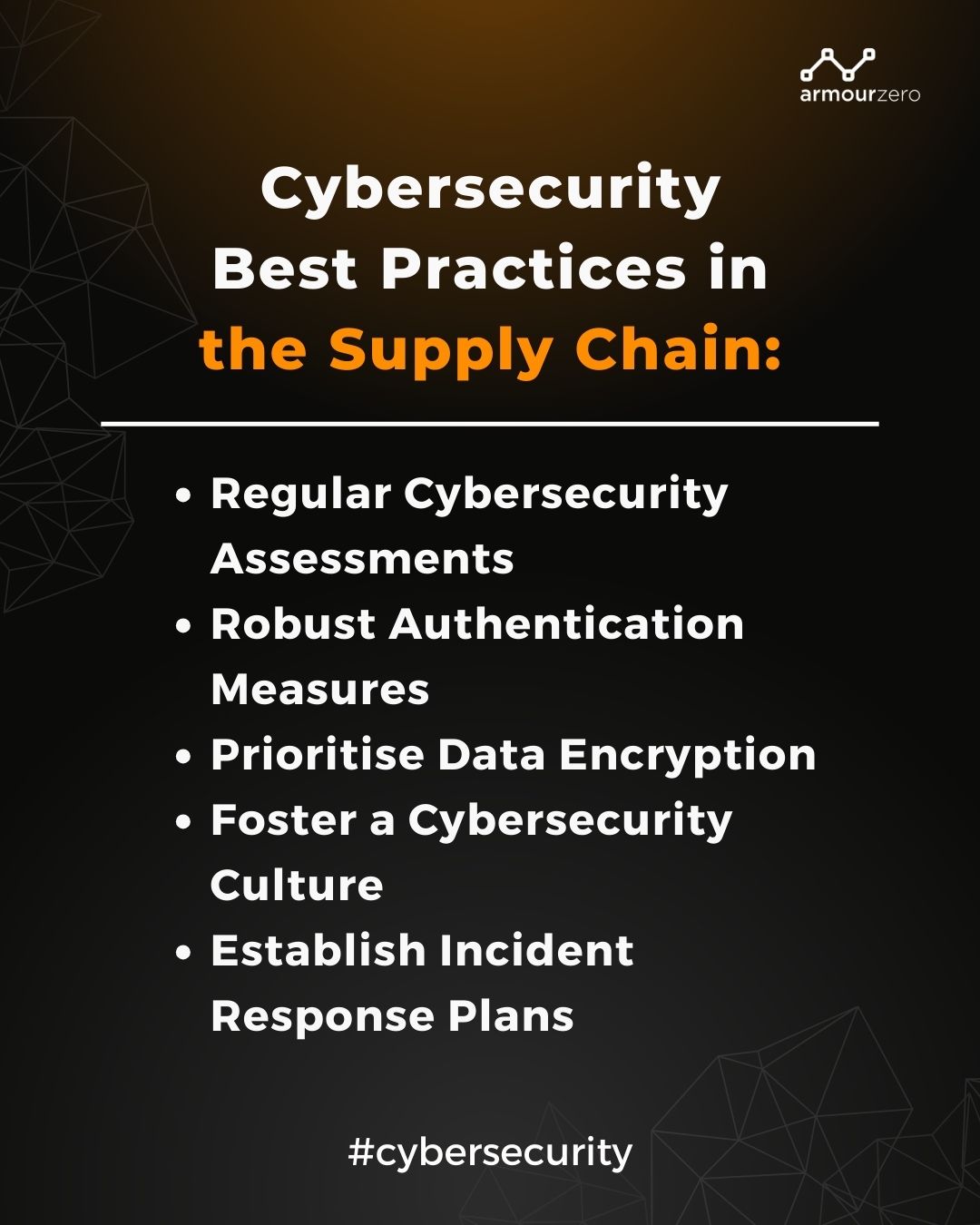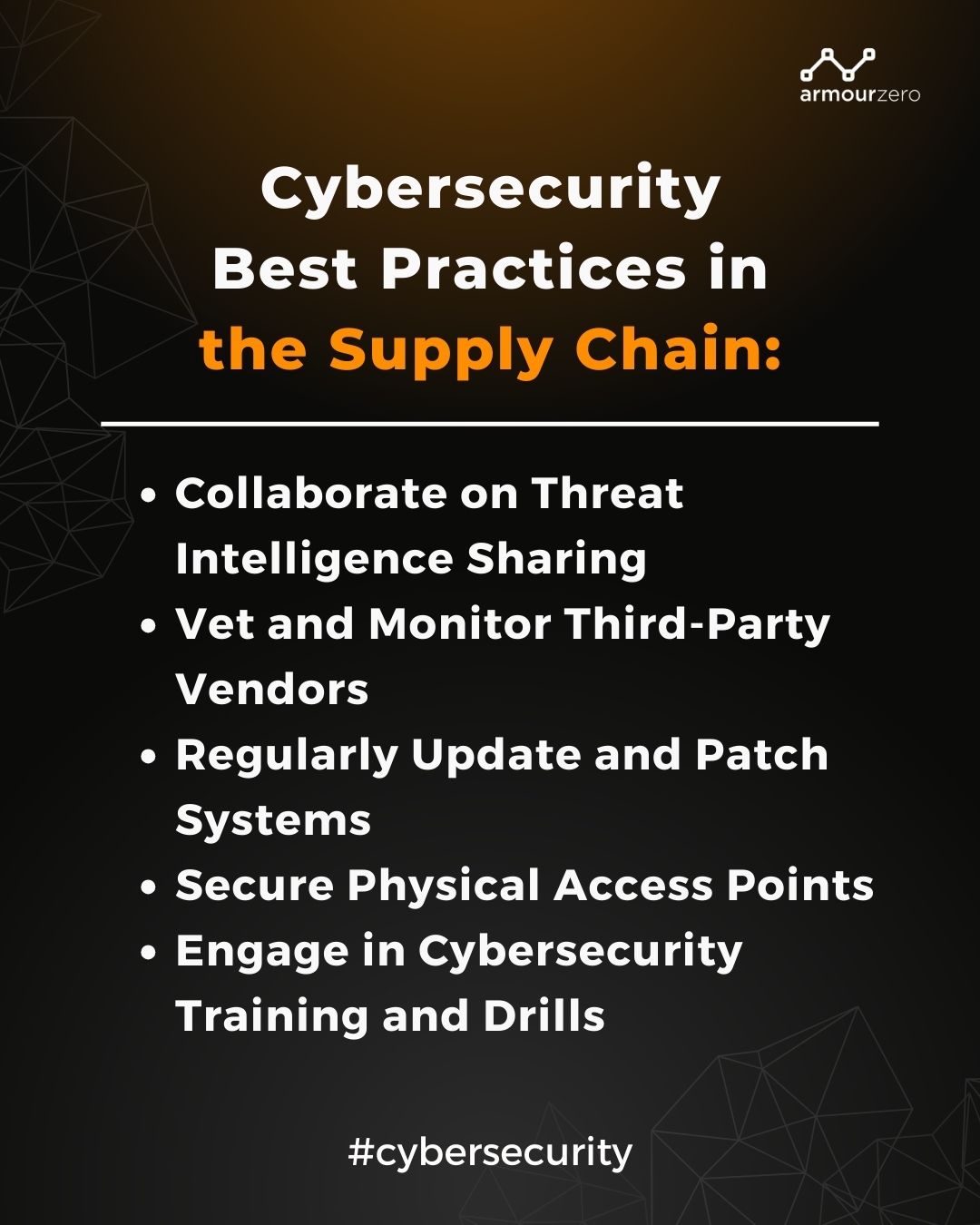Securing Supply Chains:
Risk Ratings & Best Practices

In an era dominated by digital connectivity, the security of the global supply chain has never been more critical. As supply chains become increasingly complex and interconnected, the risk of cyber threats looms large. Recognising the need for proactive measures, the supply chain industry is turning to cybersecurity ratings as a powerful tool to enhance security, resilience, and overall risk management. Here, we explore the importance of cybersecurity ratings and outline key best practices for organisations within the supply chain to fortify their cybersecurity defences.
Understanding Cybersecurity Risk Ratings:
Cybersecurity risk ratings provide a quantitative assessment of an organisation’s cybersecurity posture. These ratings are calculated based on various factors, including network security, data protection measures, and the organisation’s response to potential cyber threats. For the supply chain industry, where collaboration with numerous partners is commonplace, these risk ratings offer a standardised way to evaluate and compare the security postures of different entities within the network.
The Increasing Threat Landscape:
The supply chain is a prime target for cybercriminals seeking to exploit vulnerabilities across interconnected systems. From sophisticated hacking attempts to ransomware attacks, the threat landscape is diverse and ever-evolving. Traditional security measures are no longer sufficient, and the need for a dynamic and adaptive approach is more apparent than ever.
Proactive Risk Management:
Cybersecurity ratings empower organisations to take a proactive stance in managing cyber risks. Regular assessments allow businesses to identify potential weak points and address vulnerabilities before they are exploited. This proactive approach is crucial for mitigating the impact of cyber threats on operations and ensuring the continuity of the supply chain.
Best Practices for Cybersecurity in the Supply Chain:

1. Conduct Regular Cybersecurity Assessments:
Regularly assess the cybersecurity measures in place across the supply chain. This includes evaluating the security practices of suppliers, manufacturers, distributors, and other partners. Establish a routine for comprehensive cybersecurity assessments to identify and address vulnerabilities promptly.
2. Implement Robust Authentication Measures:
Strengthen access controls by implementing multi factor authentication (MFA) for all users with access to sensitive systems and data. This adds another layer of security beyond traditional passwords, reducing the risk of unauthorised access.
3. Prioritise Data Encryption:
Ensure that all sensitive data transmitted within the supply chain is encrypted. Encryption adds a layer of protection, making it significantly more challenging for unauthorised entities to intercept and decipher sensitive information.
4. Foster a Cybersecurity Culture:
Promote a culture of cybersecurity awareness among all employees within the supply chain. Provide regular training on cybersecurity best practices, emphasising the importance of recognising and reporting potential threats, such as phishing attempts.
5. Establish Incident Response Plans:
Develop and regularly update incident response plans that outline specific steps to be taken in the event of a cybersecurity incident. This ensures a swift and coordinated response, minimising the impact of potential breaches on the supply chain.
6. Collaborate on Threat Intelligence Sharing:
Encourage the sharing of threat intelligence within the supply chain network. Collaboration on emerging threats and vulnerabilities can help all partners stay informed and better prepared to defend against evolving cyber threats.
7. Vet and Monitor Third-Party Vendors:
Thoroughly vet the cybersecurity practices of third-party vendors and partners before integrating them into the supply chain. Additionally, continuously monitor these vendors to ensure ongoing compliance with security standards.
8. Regularly Update and Patch Systems:
Keep all software, systems, and devices within the supply chain up to date with the latest security patches. Regular updates help close known vulnerabilities and protect against exploits that could be used by cyberattackers.

9. Secure Physical Access Points:
Don’t overlook physical security. Ensure that servers, networking equipment, and other critical infrastructure components are physically secure. Limit access to these areas and implement surveillance measures to deter unauthorised access.
10. Engage in Cybersecurity Training and Drills:
Conduct regular cybersecurity training sessions and simulated drills to test the response capabilities of the supply chain network. This helps identify areas that may need improvement and ensures that employees are well-prepared for potential cyber threats.
By incorporating these best practices into their cybersecurity strategy and leveraging cybersecurity ratings, organisations within the supply chain can significantly enhance their resilience against cyber threats. This comprehensive approach contributes to the overall security and integrity of the supply chain ecosystem, promoting trust and safeguarding against the evolving cyber threat landscape.
Protect your organisation from cybercrime and cyber threats today with just one click!
See our pricing here and request a demo to understand further.
You can also contact our sales to help you choose the right cybersecurity services for your business.
![]()
Written by:
Bernadetta Septarini (Content Marketing). Experienced content marketing and social media in the information technology and services industry.
Share this post
Related Posts

Earth Day: The Connection of Cybersecurity and Sustainability
- 22 Apr 2024
- By:Fanny Fajarianti
- Category: ArmourHacks
Uncover the link between Earth Day and Cybersecurity, promoting sustainability through data protection and environmental stewardship. Let’s secure a greener future.

What is DevSecOps? Definition & Best Practices for Tech Industries
- 18 Apr 2024
- By:Bernadetta Septarini
- Category: ArmourHacks
Learn about DevSecOps, principles, and best practices for the tech industry. Integrate security seamlessly into software development and enhance quality.

Safeguarding Your Organisation During the Hari Raya Holiday
- 09 Apr 2024
- By:Bernadetta Septarini
- Category: ArmourHacks
Protect your organisation from holiday cyberattacks during Hari Raya. Learn more about the risks and best practices for holiday security with ArmourZero.

Cyberattacks: A Growing Threat to Higher Education
- 02 Apr 2024
- By:Fanny Fajarianti
- Category: ArmourHacks
Universities hold sensitive data but face cyberattack risks in the digital age. Explore the impact of cyberattack and learn how to protect your institution.

